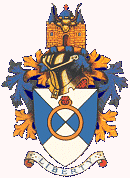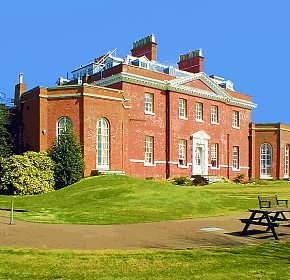|
|
 |
|
Havering
|
 |
|
An extended village situated on high ground three miles north of Romford. The middle word is pronounced ‘atty’
locally, and Havering is pronounced the same way as the verb, despite the fable you’re about to hear. The origin of
the settlement goes back before the Norman Conquest, when Edward the Confessor had a hunting lodge built here, which subsequently
became a small palace or bower. The name ‘Havering’ probably derives from a landowner called Hæfer, but there’s
a story that Edward was once approached here by a beggar asking for alms, to which he replied, “I have no money, but
I have a ring,”, which he handed over, and that is how Havering got its name. There’s more: the
same beggar later met some pilgrims and passed the ring to them, saying, “Give this to your king, and tell him that
within six months he shall die.” Which apparently came to pass. The tale is so far-fetched that it scarcely bears repeating,
yet the ring in question retains a central position on the borough’s coat of arms to this day [see image below].
A succession of royal associations came to an end during the Commonwealth when the palace fell into decay and was afterwards
demolished. Bower House was built on the site in 1729 with some of the old stones. This is now owned by the Ford Motor Company,
which uses it for management training and dealer presentations. The Royal Liberty of Havering extended over most of the area
of the present borough from 1465 to 1892. The tower on the coat of arms represents the old Palace of Havering (though it’s
topped with the horns of Hornchurch).
 |
 |
|
|
|
 |

|
| Bower House is now a Ford training centre |
The village is by no means unspoilt but retains enough original elements to give it some character, including weatherboarded
cottages and a twelfth century church, and there are glorious views over Essex meadowland. Post-war expansion has been principally
northward, but some residents of the Hillrise estate to the south consider their community to be part of Havering. Local landmark
the Round House, on Broxhill Road, is an elliptical three-storeyed stuccoed villa, dating from 1794.
|
 |
|
|
|
|
|
|
|
 |

